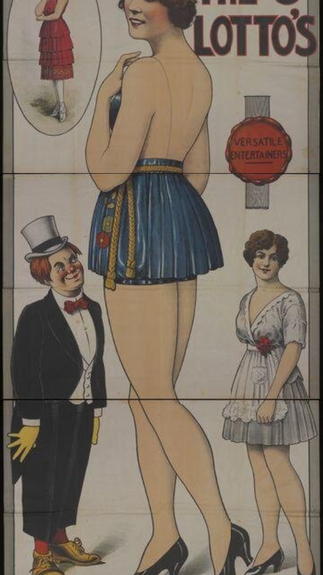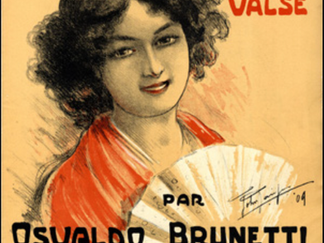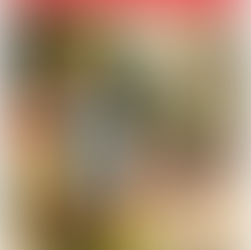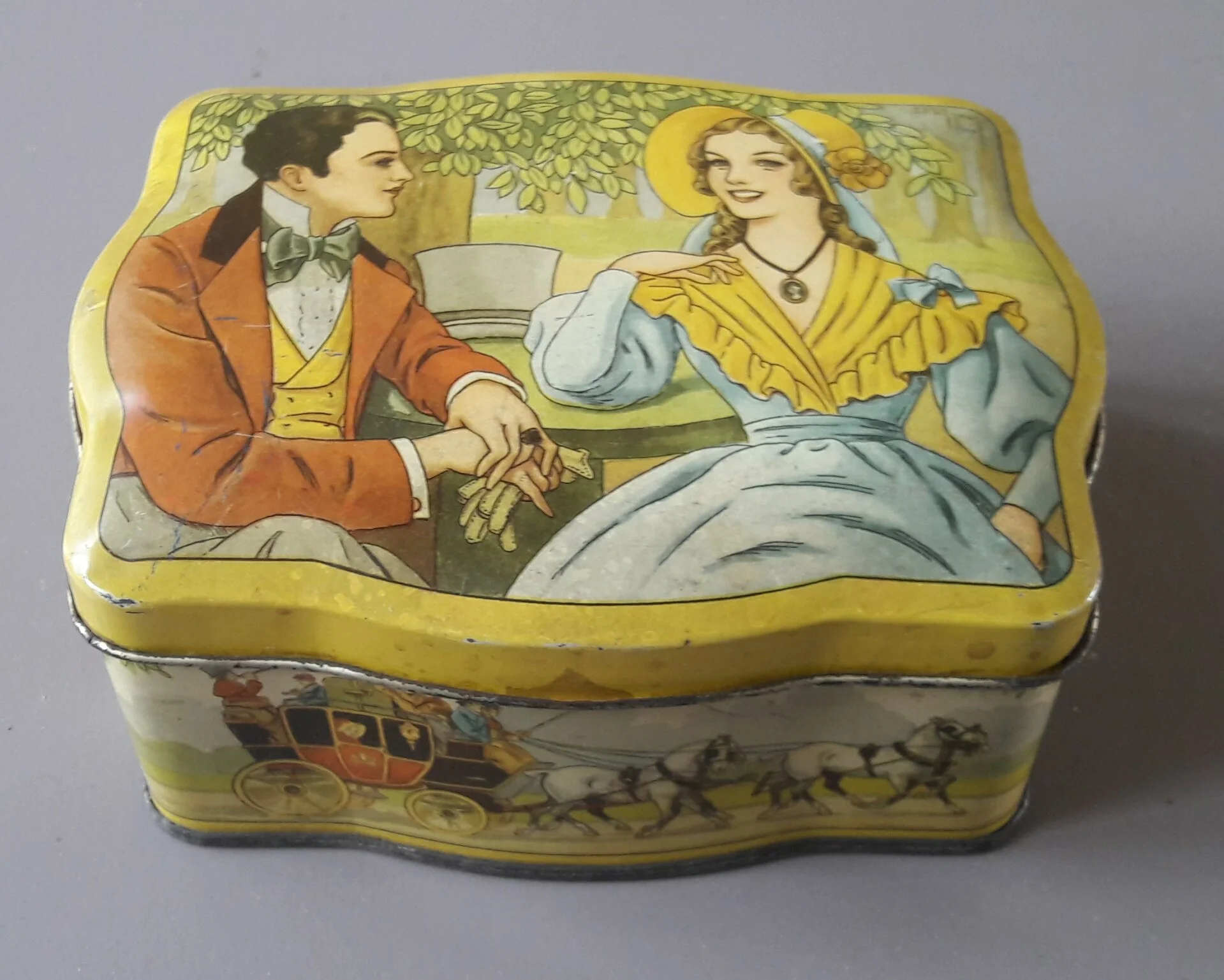The Search for John Janssens
- Fenna Engelke
- Nov 21, 2022
- 7 min read
Updated: Jan 6, 2024
(The search is still underway)
Introduction
During my studies I often would buy postcards at flea markets to use as examples of various printing methods. During this time, I picked up three postcards in a series; Photogravures of drawings featuring women wearing jewelry. I assumed that the fashion plates were some sort of advertisement for a jewelry store and only recently decided to look into them more closely. The drawings are signed with a very striking signature with the name of John Janssens. The printer listed on the back of the cards is listed as "J. W. Jansen's Uitg. Mij. Utrecht." The three cards are numbered No. 820, No. 821, and No. 824, suggesting that there might be at least two more in the series.
Images: (1-6) Postcards, (1-2) Recto and verso of 'Biilleren' photo gravure series no. 820, (3-4) Recto and verso of 'Treize' photo gravure series no. 821, (5-6) Recto and verso of 'Treele A Quatre' photo gravure no. 824
The Printer: J. W. Jansen's Uitg. Mij. Utrecht I was lucky to find that a group of postcard enthusiasts had done the research on this printer for me. The blog posted by Vereniging Documentatie Prentbriefkaarten did an entire post on the publisher [1], indicating that the publishing firm went through several iterations but that the one seen on my cards, J. W. Jansen's Uitg. Mij. Utrecht, was the first name used for the business with a later rebranding of the company being called JW Jansen's Grafische Kunstinrichting. While it is difficult to date, according to the blog's research, it seems likely that the postcards I own were published before 1919. J. W. Jansen's Uitg. Mij. Utrecht had several numbered postcard series that they published which included "Ned. Photogravure Series (numbered, highest known number 832).
Photogravure Series (numbered, highest number 274). Copper Intaglio Series (numbered, highest number 256)." [2]
The Artist: John Janssens
I was not so lucky while searching for the artist. I originally assumed Janssens to be Dutch due to the fact that the postcards were printed in Utrecht; I now believe him to be Belgian. However, even this is supposition as the most surprising thing about this search is how little information I was able to find about this illustrator despite the amount of work he seems to have produced within his lifetime. John Janssens' work seems to span the first half of the 20th century and his signature can be found on a variety of objects including postcards, posters, sheet music, and cookie tins. He also has been found to have done pastel portraits on occasion with two owners of said pastels seem to also be on the search for more information on the artist. [3,4]
Janssens distinctive signature does allow for quick identification of his work and it is thanks to many private collectors of ephemera materials that I'm able to put this post together in showing the span of John Janssens' work.
Postcards
Other postcards featuring John Janssens' work do appear every so often in online sales but it is impossible to know the amount of illustrated postcards he might have done. Below are a few I was able to find through various posts and sellers. There was only one completed series I was able to find, a series of postcards about the women's suffrage movement featuring chickens and roosters. [5]
Images: (7) Postcard design by John Janssen, from a now lost ebay listing and preserved on pinterest (8) Auction listing, showing two postcards from Janssens (9) 1915 (10) A series of postcards by John Janssens (11) Postcard by John Janssens, 1919, from an online seller's listing (12) Postcard by John Janssens, unknown date, from an ebay seller's listing (13) Postcard by John Janssens, unknown date, from an ebay seller's listing
Posters
I had been unaware of Janssens' work on posters until I found some in the collection of the Victoria and Albert Museum. Since much of Janssens' work is considered to be ephemera it is likely that many of the posters would not have survived as the ones at the V&A appear to be for traveling shows. Some additional digging awarded me one more poster from the artist, found in the Antwerp city archive, only found in black and white.
Images: (14) John Janssens "The Three Lotos Poster", 1919, (15) John Janssens 'Three Lottos Poster', 1920 (16) John Janssens 'Clown Boby'. (17) John Janssens, "The Dream: Return After Victory," 1914. (18) John Janssens, "Piast Les Meilleures Cigarettes," Unknown date (19) John Janssens, "Acrobats Merry and Peter," unknown date.
Sheet Music
Collectors of sheet music had already categorized John Janssens' work for me on the website 'Illustrated Sheet Music.' [6] What was most interesting in viewing their collection was that many of the works filed under Janssens' name had a different signature than the stylized one we've seen up until now. The sheet music featuring the less stylized signature range in date from 1908 to 1914. It is entirely possible that Janssen decided to change and stylize his signature in the mid 1910's and that this change is reflected in his work on sheet music illustrations.
The following three sheet music covers date from 1918, 1919, and 1920, respectively (and with the fourth being from an unknown date), and all feature the stylized signature we've seen on all the other works.
Images: (20) "Gaby-Walk" with music by and lyrics by Nihil. Published by Jac. Elte (Korte Poten, 17 - Den Haag) pp. 6, 1918. (21) "La Marche de l'Yzer" with music by J. G. Lambert and lyrics by Nihil. Published by Jean Aertsens (rue Everdy, 45 - Antwerpen), 1919. (22) "C'est la fleur de rêve et d'amour L'Œillet Blanc," with music by Théo Alexys and lyrics by Marcelle Claude. Published by Muziek en Letteren ( - Amsterdam) Pub. No.: M.& L.326, 1920. (23) "Meisje ga je mee peuren, succeslied uit de revue: Hoera we leven nog!" with music by Louis Davids and lyrics by Margie Morris. Published by Muziek en Letteren ( - Amsterdam) pp. 6 Pub. No.: M.&L. 220, unknown date.
The following group of sheet music illustrations have what might be an older, pre-stylized, signature. There was some initial debate concerning if these 'John Janssens' images were from the same artist as those with the stylized signature however the way Janssens draws the women in these early pieces are very similar to the ones in the postcards I own. The similarity seems particularly strong when comparing the girl in the "Douce attente (Süsses erwarten)" sheet music and the girl from the "Treize" postcard that I own. (See Image 30 with caption)
Images: (24) "Si douce (Soave)" with music by Ernesto Becucci and lyrics by Nihil. Published by Carisch S.A. ( - Milano) pp 8, (25) "La Petite Espagnole" with music by Osvaldo Brunetti and lyrics by Nihil. Published by A. & G. Carisch & C. ( - Milano), 1909, (26) "Douce attente (Süsses erwarten)" with music by G. Tarditi and lyrics by Nihil. Published by Carisch S.A. ( - Milano) pp. 8 Pub. No.: 13307, 1914, (27) "Révelation" with music from André Le Pas and lyrics by Nihil. Published by Schott & Co ( - London), 1909. (28) "La première lettre (Der erste brief)," with music by William Reggov and lyrics by Nihil. Published by Breitkopf & Härtel, Bruxelles ( - Bruxelles/Brussel) pp. 8, date unknown. (29) "En Dirigeable," with music by Alfred Croisé and lyrics by Nihil. Published by Schott Frères (Rue St. Jean, 30 - Bruxelles/Brussel), 1908.

Image: (30) A comparison between the 'Treize' postcard (1910s, Left) and the 'Douce attente (Süsses erwarten)' sheet music illustration (1914, Center). For additional comparison I've place the mirrored image of the 'Treize' postcard on the right. While I think it is also unlikely that there would be another artist signing as John Janssens at this time, there is always a possibility that they are not the same person. That being said, I find the way both faces are drawn to be strikingly similar and I think the comparison makes a compelling argument to say that both signatures and bodies of work belong to the same artist.
Magazine Illustrations While looking through Belgian archives and libraries I saw a very small jpg of a magazine cover with Janssens' distinctive signature on it. The issue was from the magazine series Piccolo: Het amusante weekblad, dated from 1929. Piccolo was a Belgian publication, published from the 1920s through to the 1960s. With more digging I was able to come across a number of covers for Piccolo with Janssens' signature on them. In fact, he illustrated the majority of the Piccolo covers between 1928 and 1932.[6]
Images: () John Janssens, Piccolo cover, () John Janssens, Piccolo cover, () John Janssens, Piccolo cover, () John Janssens, Piccolo cover, () John Janssens, Piccolo cover, () John Janssens, Piccolo cover, () John Janssens, Piccolo cover, () John Janssens, Piccolo cover, () John Janssens, Piccolo cover, September 1932
Tins On the subject of tins, I was able to find a collector who owns several tins with designs by John Janssens on them. [] While I cannot tell when he started doing work for tins, the oldest seems to be from 1949 and I believe that the tin designs might have been a later development in Janssens' career.
Images: () From the tin company Etabl .J. Schuybroek S.A. Hoboken-Anvers () Aan Tafel, Dated 1949 () no date () Stadshuis van Leuven , Dated 1948
Pastels
The discovery and images of the pastels Janssens made is only possible thanks to the owners of the images who similarly took to the internet to try and find more information about the pieces they own. The second pastel, of the man in the uniform, is dated to 1953 and is one of the latest dated images that I can find from the artist.
Images: () John Janssens, Framed pastel of a school boy, dated 1915. () Detail of the signature of the previous image () John Janssens, Framed pastel of a man in a military uniform, dated 1953 () Detail of the signature from the previous pastel
Footnotes:
Images:
Bibliography:
























































































Comments